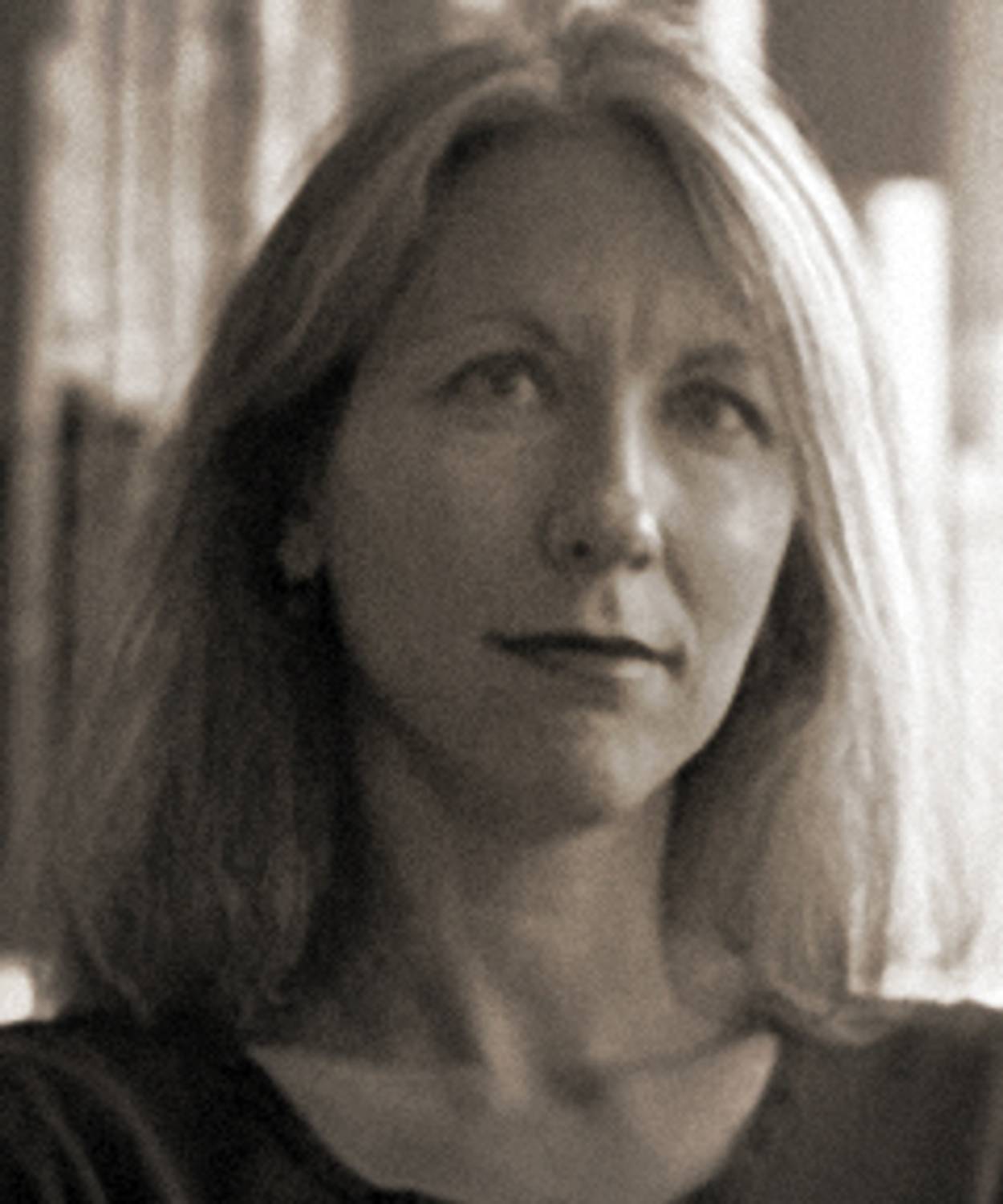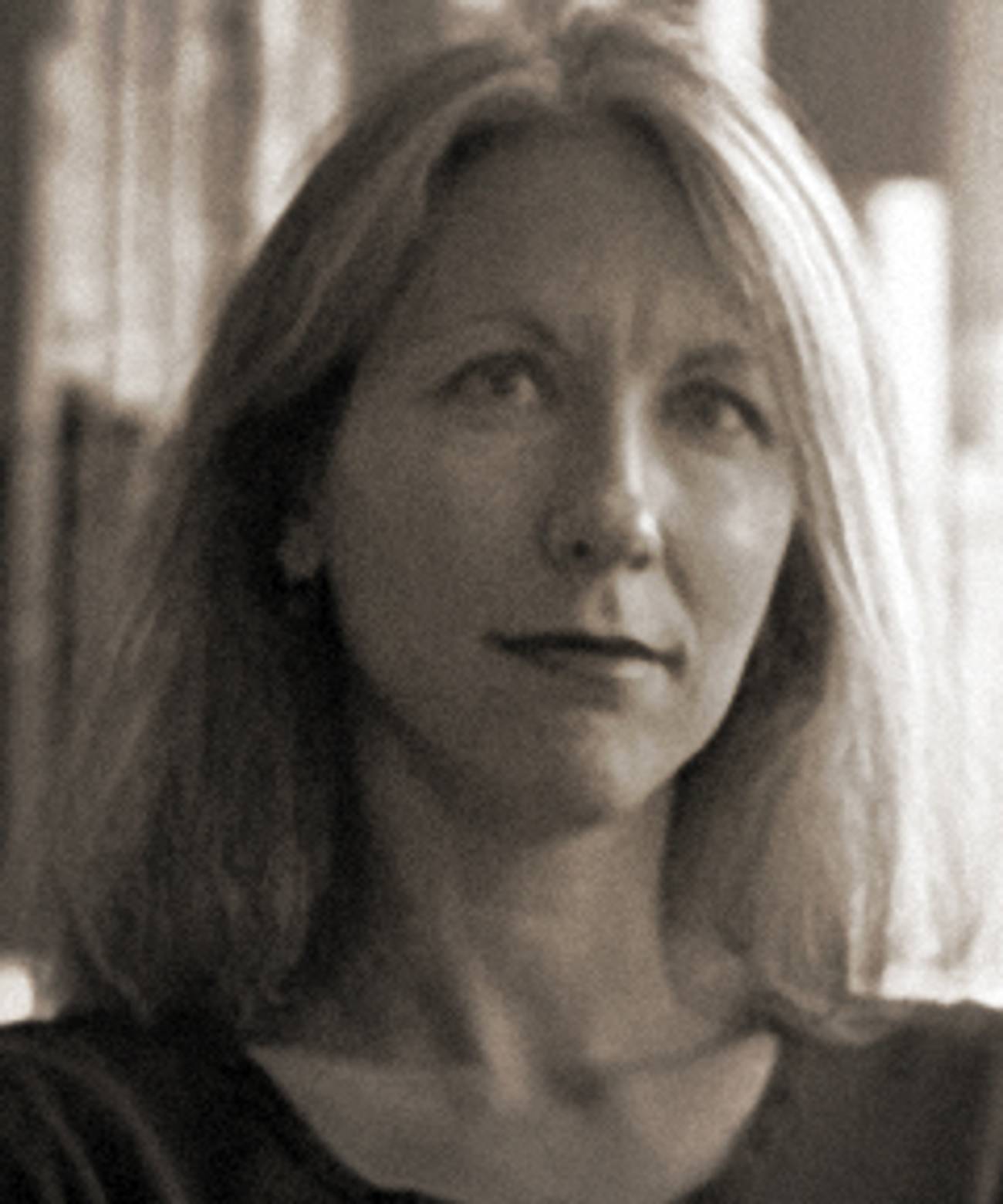Intimate Stranger
Margot Singer’s debut collection explores one woman’s quest to connect




The nine linked stories in Margot Singer’s debut collection, The Pale of Settlement, follow Susan Stern, a New York City journalist, as she graduates college, embarks on her career, and falls into and out of a number of fraught relationships. Taking place over two decades, and set against the backdrop of the Israeli-Palestinian conflict, the tales shift between Jerusalem, Haifa, Berlin, New York, and Katmandu. As Susan’s life unfolds (and her relationships unravel), political dramas orbit equally personal ones.
These stories examine very intimate personal tales that also happen to be tucked inside political narratives. How did you come to write them?
I wanted to write about issues that were pertinent to Israel in the current period and I didn’t think had really been addressed extensively by American writers. “Helicopter Days” starts in 1982 when Israel invaded Lebanon, a point that going forward has been a very significant one. It has been marked by the Intifadas, rising numbers of suicide bombers, Islamic fundamentalism in the region, and the worsening situation of the Occupation. Among Israelis, this period also accompanied a questioning of many of the country’s founding myths, such as the Holy Land as really just an empty space with few inhabitants—a desert waiting to be made to bloom by Diaspora Jews. In America it has been a time of great change in our perception of Israel as an ally and maybe into a bit of a liability. It has been so politically and socially complex and contradictory. That is what interested me and spurred the development of the book.
It’s a work of fiction that in large part explores the political situation between Israel and the Palestinians and to a degree the relationship between Israel and America—and American Jews. Did you set out to write a work of political fiction?
I didn’t originally set out to explore anything. As I wrote, the characters began to emerge. I think that only in fiction or in literary nonfiction can you work with complex issues in a way that honors the competing narratives. I was looking at the way that they play off of each other and are complicated instead of reducing them to a simple comparison.
For instance, I didn’t know anything about the massacre at Deir Yassin until I read David Shipler’s book Arab and Jew. And then I did more research and found that in the Arab world Deir Yassin is a symbol of Israeli atrocities. There is a scene in the story “Body Count” where Susan remembers driving with her relatives through the Arab villages east of Haifa and her father says: “In the old days they didn’t have electricity. Look what we brought them”—that old paternalistic attitude. The party line was that tens of thousands of Palestinians fled during Israel’s War of Independence, simply obeying the Arab League without any acts of violence on the part of the Jews. It was not entirely voluntary. That was the story that I grew up believing, but the reality is much more complicated. There were certainly acts of violence on both sides.
Does the mix of Jewish American, Israeli, and German refugee histories that Susan grapples with in her family reflect your background?
I grew up in Boston. My father was born in Brno in what is now the Czech Republic and his family immigrated to Israel in 1939. My mother is American. Like Susan my grandparents were German-speaking yekkes. My father left Israel at eighteen and went off to school in England and then came to America and married my mother.
Also like Susan, my grandparents lived in Haifa and we visited during the summers. In college I spent the summer of 1982 in Jerusalem at a Hebrew ulpan. “Lila’s Story” was originally written as a nonfiction essay [and published in Shenandoah] and many of the details—such as when Lila left Nazi Germany for British Mandate Palestine she packed her dolls and a full dinner service while her parents were sent to Theresienstadt and Auschwitz—come from my grandmother’s life. Basically, the collection began from my own personal stories, but quickly diverged and expanded and grew out of my imagination.
A number of threads are unresolved. For instance, the truth of Susan’s paternity is unknown and we are left to wonder if she resolves her own personal relationships, and where she ends up—in Israel, in New York, or somewhere altogether else. Why?
In fiction, as in life, things are not always resolved. It is not dissimilar to the issue of who has the more deserving claim on the land of Israel; there just isn’t going to be closure. Fragmentation is an important theme in the book. Identity is incomplete. We try to piece together pieces of memory and history and create a narrative of who we are and that isn’t easy. What we have in the end are little bits that come together to form stories. I think that in this world we have learned to be skeptical about stories that only have one version or wrap up too tidily.
Amos Oz once wrote that the Israeli-Palestinian conflict is all about the mutually exclusive narratives concerning the causes and consequences of this tragedy. Reality itself is shaped by the stories that we tell. Jews and Arabs tell stories about the causes of their historical situation that cannot be reconciled. The stories don’t add up and I think there is truth in that.
Many of the details seem plucked right from the streets of Haifa, Jerusalem, and other locales. Did you spend time in Israel in order to reconstruct scenes while writing this collection?
I haven’t been back to Israel since the mid-’90s. I am eager to go. When I was writing I worked from my own journals and memory and photographs. I created the Israel of my imagination and Susan’s imagination. I was almost afraid to be distracted.
A recurring theme throughout is the peculiar relationship between American Jews and Israelis that seems to be at once both of intimates and strangers.
I felt that exact strangeness throughout my life so vividly. The beginning of “Borderland” says, “Susan could spot the Israeli anywhere.” I find myself doing that all the time as well. There’s this idea that we American Jews are linked to Israelis and we have something in common. There is that sense of false community. Lots of Americans think that they have a relationship to Israel, they have visited or they have gone on a teen tour but they don’t really know much about the place. There is a superficial connection.
One commentator described The Pale of Settlement as “giving voice to a new generation of Jewish wanderers in a global Diaspora.” Do you agree?
I am secular. That’s what I think differentiates me from many other Jewish American writers who write about Israel, like Nathan Englander and Tovah Reich, who tend to come from a more Orthodox background or write about Orthodox communities. That is simply not who I am. Maybe my voice is of interest to people who are not particularly religious.
One of the figurative borders that frequently turns up is the one between truth and memory. And in the title story you write: “You never could tell which parts of stories people had made up, Susan knew. People told you what they needed to believe.” This observation seems to be a nice summation of the entire collection.
I’m interested in storytelling and how we tell stories and make up our sense of truth and reality. The things that are left out or hidden and submerged are so important. At some point we are all unreliable narrators. So I guess in the end, this ends up being a bunch of stories about storytelling.